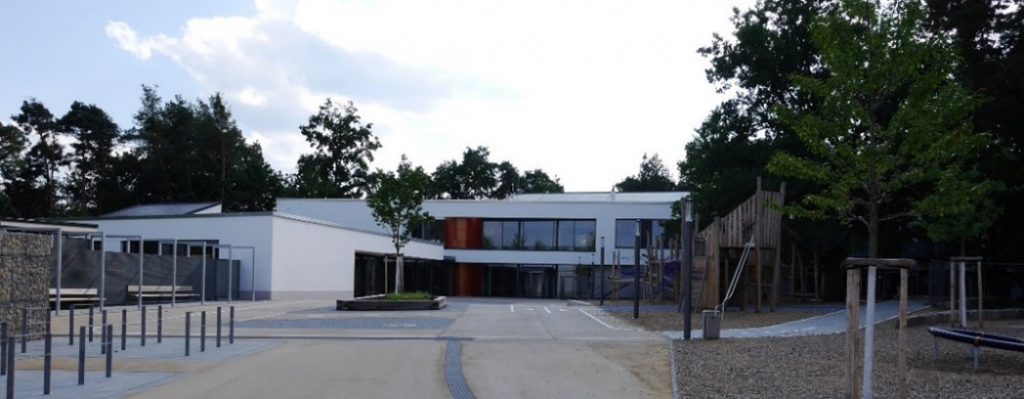The building sector holds paramount importance in the European Union’s pursuit of climate neutrality by 2050. It currently stands as the largest energy consumer in Europe, responsible for a substantial 40% of the EU’s total energy consumption and a notable 36% of current CO2 emissions.
To realise this ambitious objective, it is imperative to accelerate the retrofitting of existing structures, given that more than 35% of Europe’s building stock is aged over 50 years, with 75% exhibiting energy inefficiency. Presently, merely 1% of the European building stock undergoes renovation each year.




An increasing number of municipalities, regions, and property owners aspire to attain 100% renewable energy supply (RES) in their buildings. However, they encounter great challenges such as addressing individual constraints in each building, developing supply and storage solutions, optimising operations, integrating various technologies, and bridging the information and knowledge gap. Unfortunately, the market lacks suitable products that can achieve a 100% renewable building without invasive alterations.
This is the challenge that SEBR has embraced. The core mission is to develop an innovative, integrated solution aimed at mitigating emissions from existing buildings and enhancing their energy efficiency through renewable energy sources. This approach is pivotal in facilitating a successful transition to energy-positive buildings.
SEBR has been entrusted with the responsibility to design, develop, and test a renovation strategy capable of delivering 100% renewable energy supply to any existing non-residential building. This innovative renovation approach is scheduled for testing at demonstration sites owned by the public procurers participating in the project.
The project unfolds across three distinct phases, with SEBR successfully advancing to Phase III. In earlier phases, namely Phase I and Phase II, we formulated renovation packages for six noteworthy buildings spanning Europe. These included three educational institutions in Nuremberg (Germany), Velenje (Slovenia), and Vila de Gaia (Portugal), as well as three office buildings in Eilat (Israel), Barcelona (Spain), and Istanbul (Turkey). Throughout these stages, our co-design methodology facilitated comprehensive information exchange and close engagement with the users of these buildings.



Nuremberg
In the current Phase III, we have begun executing the (smart) renovation of three buildings in Barcelona, Vila de Gaia, and Nuremberg, each presenting unique challenges stemming from the varying weather conditions of the Atlantic, Mediterranean, and Central regions. Notably, one of these structures is a historic building, subject to both legal and aesthetic constraints.
Ultimately, our chosen technologies primarily encompass photovoltaic systems, battery storage, heat pumps, LED lighting, and all managed by a robust Software as a Service (SaaS) platform. Thanks to these innovations, these buildings will no longer require gas for space heating, achieving near-independence from the grid and delivering significant savings on utility bills.
As we navigate through this transitional period, our intention is to make a substantial contribution to sustainable practices, one building at a time.

